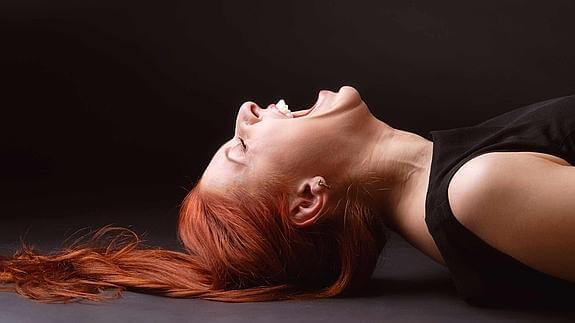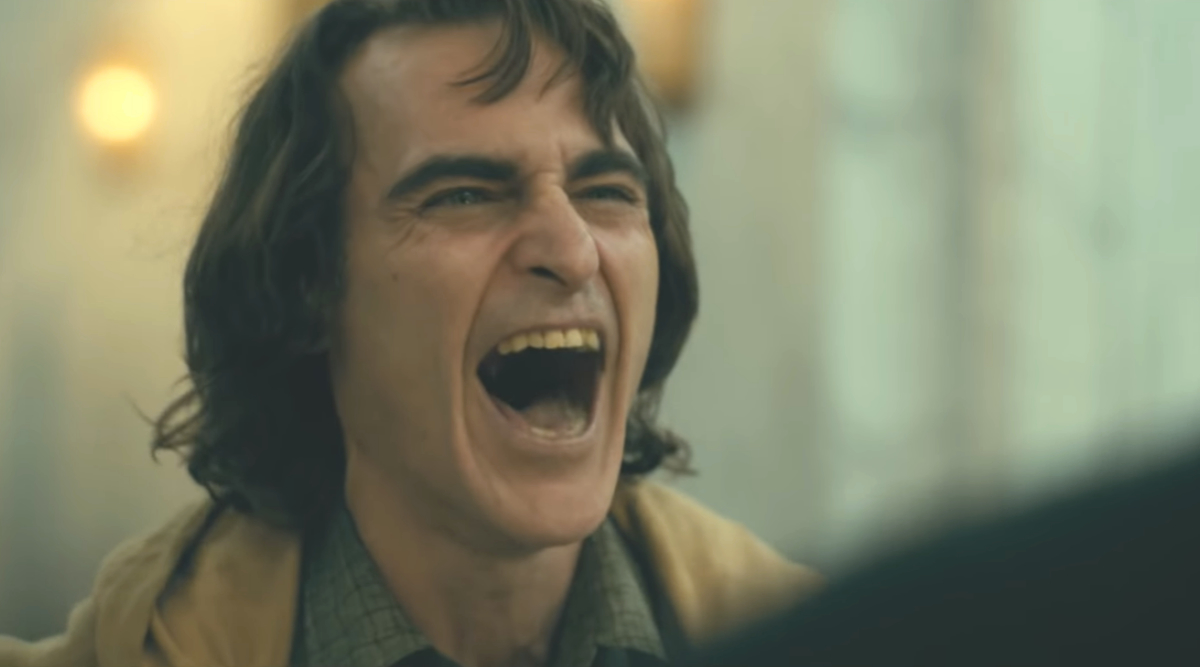

Pathologic laughter and crying may have an acute or gradual onset in chronic neurologic disorders and brain injury.

This fits in with a later postulate that the tegmentum near the periaqueductal gray matter contains the integrative mechanism for emotional expression ( 32). Papez hypothesized that supranuclear pathways, including those from the limbic system, mediate emotional expressions such as laughter and synapse in the reticular core of the brainstem ( 53). Wilson considered the mechanism to be in the region of the mesial thalamus, hypothalamus, and subthalamus ( 75). There has been considerable speculation in the past about the neural mechanisms of laughter. Seizures accompanied by crying are referred to the rare condition “dacrystic seizures” first described by Zilgien in 1904 ( 78). Fere reported pathologic laughter heralding an apoplectic event and was also among the first to describe gelastic epilepsy ( 24). Although laughing and crying are lumped together, either of these may be the only manifestation. The French refer to pathologic laughter preceding cerebrovascular ischemia as fou rire prodromique, which is translated as "prodrome of crazy laughter," and was first described by Charles Fere in 1903 ( 20). Several isolated case reports in the literature over the past 20 years have described the association of pathologic laughter with a wide variety of neurologic disorders. In 1886, cases of exaggerated emotional behavior, laughter as well as crying, were described in patients with lesions along the descending pathways to the brainstem termed “Zwangslachen und Zwangsweinen” in German ( 50). A French physician, Trousseau, described pathologic laughter accompanying epileptic seizures ( 70). He described women who wept and laughed without reason and did not respond to any treatment ( 27). One of the oldest documented cases of pathologic laughter and crying is that by Ambroise Pare, the 16th-century French surgeon. These episodes of "holy laughter" in charismatic Christian sects are not pathologic. Episodes have been reported of spontaneous, uncontrollable laughter erupting from the congregations, even during times of solemn ceremony or messages from the pulpit. Pathologic laughter or crying are included in the category of “involuntary emotional expression disorders” because they are disorders of emotional expression rather than affective mood disorders in which laughter and crying are associated with feelings of happiness or sadness. Less severe forms of the disorder following brain injury are often referred to as "emotionalism" they are further specified as emotionalism-laughter or emotionalism-crying. Inappropriate laughter can occur in Witzelsucht and manifest as a tendency to tell inappropriate jokes or euphoric behavior due to focal right-orbitofrontal parenchymal lesions ( 73). Pathologic laughter, often associated with crying, is also referred to as pseudobulbar affect and can occur as a part of emotional incontinence in neuropsychiatric disorders. Pathologic laughter is defined as laughter that is inappropriate, uncontrolled, or dissociated from any stimulus. Laughter is elicited by a variety of stimuli and may be a reflex or a voluntary reaction to a certain situation or an expression of psychopathology. It is generally associated with joy and humor. Laughter has occupied philosophers from antiquity to modern times. Pathological laughter and crying are common and impair the quality of life, but treatment is available to manage these problems.Antidepressants, particularly serotonin reuptake inhibitors, are usually effective for the symptomatic management of pathologic crying and laughter.Neurologic investigations for these symptoms are aimed at detection of treatable lesions, eg, benign intracranial neoplasms.Disturbances at various levels of the central nervous system are involved, although lesions of the brainstem are associated with pathologic laughter and crying.Pathologic laughter and crying are manifestations of neurologic disorders.Antidepressants have been found to be useful in the management of these disorders. In patients with cerebrovascular disease, pathologic laughter and crying may be warning signals that require prompt investigation and treatment of the underlying pathology. Differential diagnosis, diagnostic workup, and management are described. This article describes the anatomical location of various brain centers for laughter and crying as well as the pathophysiology. Pathologic laughter and crying occur in several neurologic disorders.


 0 kommentar(er)
0 kommentar(er)
